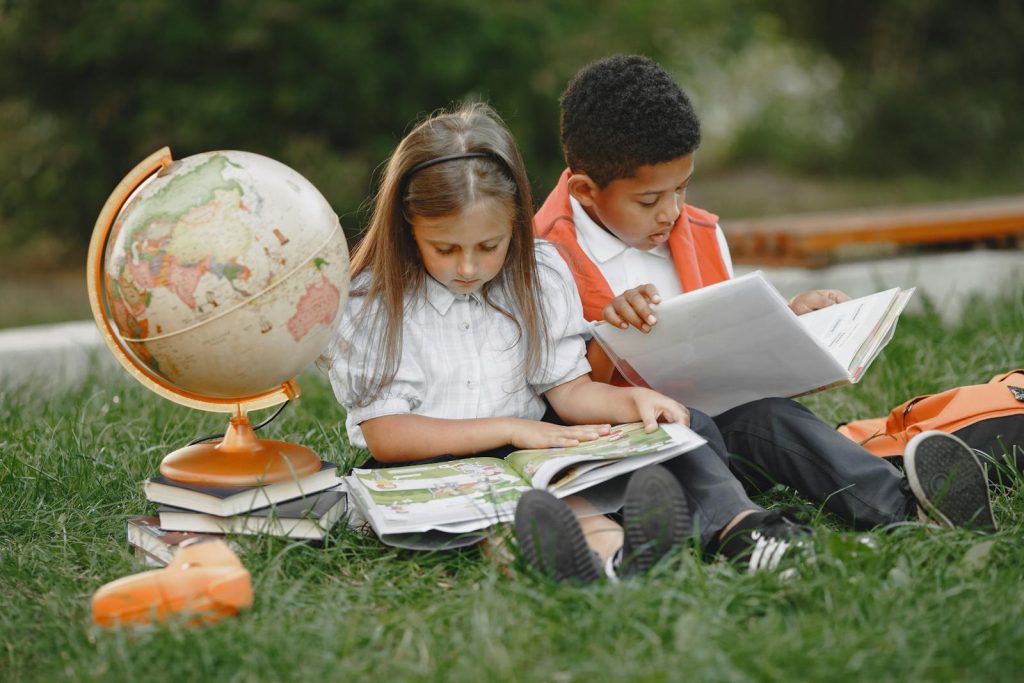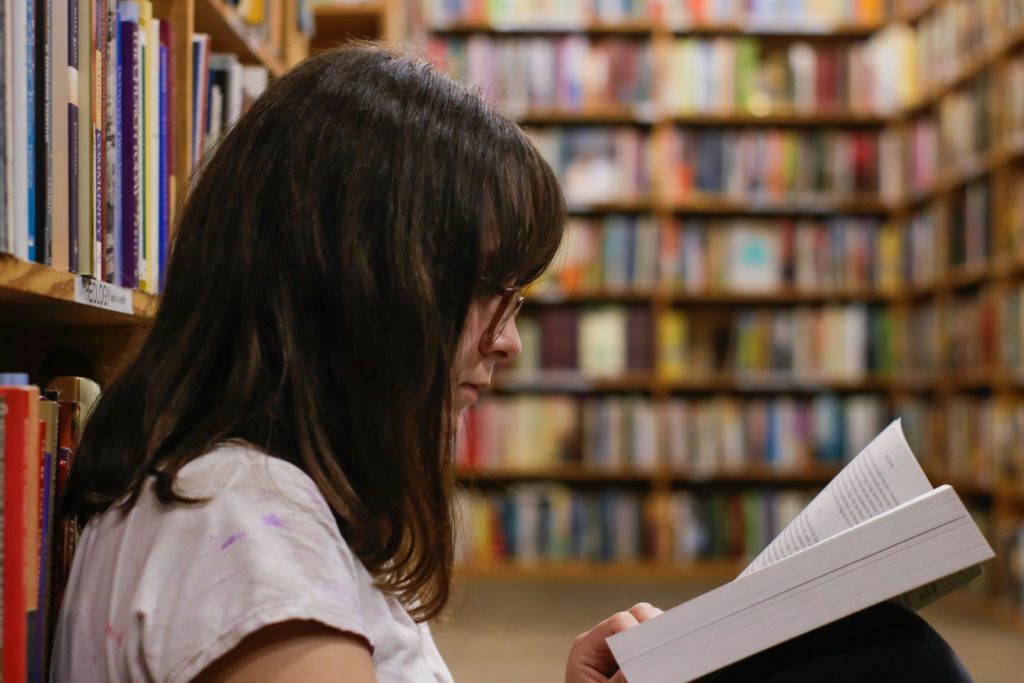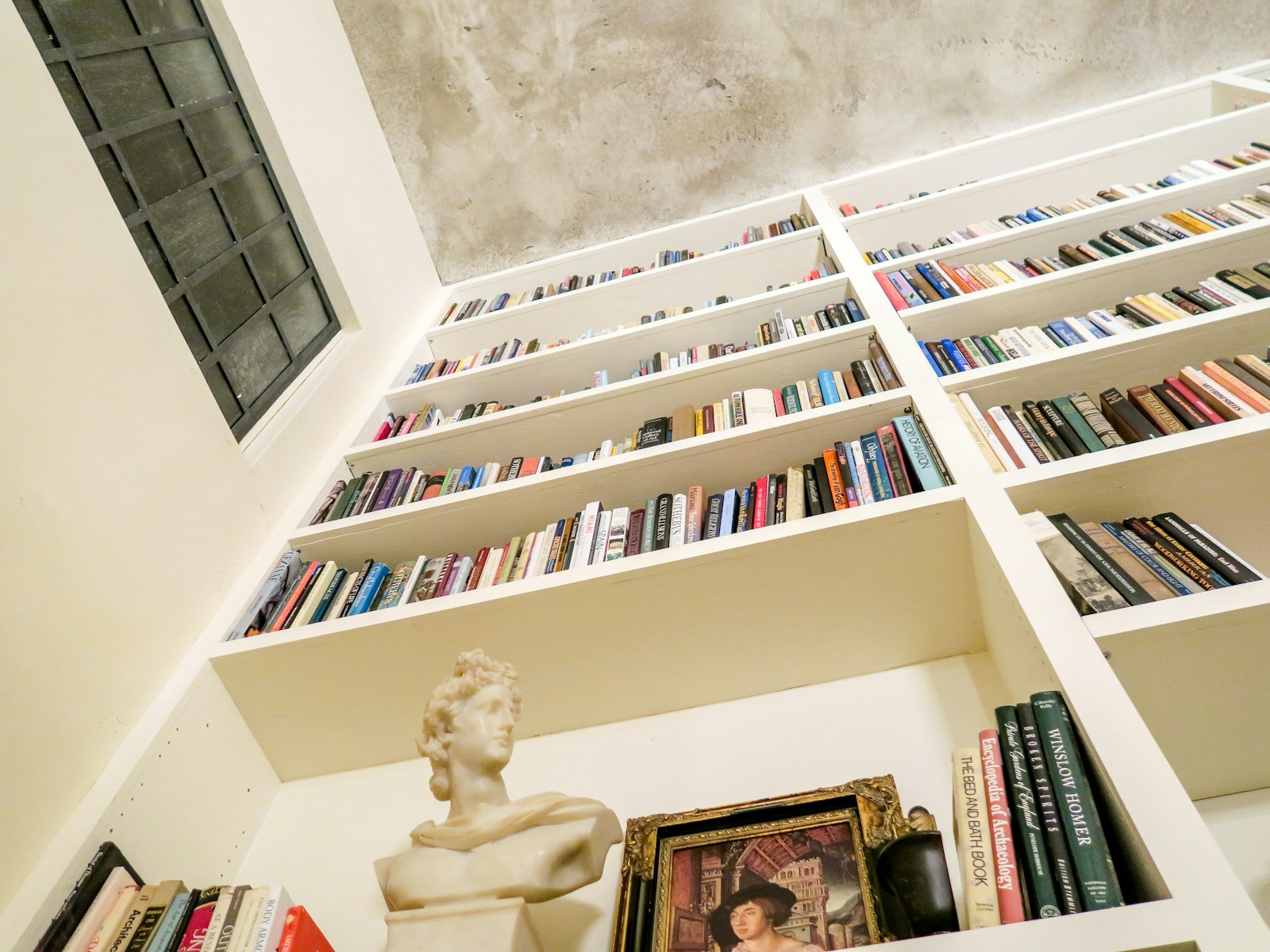School Literature Programs in Different Countries
The programs of literature at schools in different countries are probably similar: sequentially, layer by layer, kids study literary heritage of their country, from time to time snatching from the conglomerate of texts that are vaguely called the world literary heritage.
However, there are certain differences due to differences in culture, politics and history. Americans mostly pay attention to their own authors, only occasionally diluting them with something else (pay attention to the recommendations of Books for Year 5), the British prefer to discuss everything in the world (this is the legacy of classical British schools, where a universal gentleman was trained), and the Germans disproportionately speak about modern prose, focusing on Jewish authors (both German and foreign).
Find out below which authors are interesting for children in different countries. The review mainly concerns Europe, but for the sake of diversity, let`s touch on at least one country on all five continents (only Australia is not included, but their program resembles the British to the point of confusion).
France
The heirs of the formidable Gauls, like the lion’s share of European countries, do not have a separate school discipline called “literature” — instead they study an integral course called “native speech”: a mix of French and reading /study/text analysis.
Strictly speaking, there is no fixed program either — there is a rather lengthy list of recommended works, and teachers, school districts, or even children themselves can choose what they will read.
However, there are exceptions to every rule. So, there are several texts that students should read anyway, for example, “Les Miserables” by Victor Hugo or “Germinal” by Emile Zola.

USA
Americans also do not have an officially approved school literature program. Moreover, each state or even county can prepare its own lists of books that children are encouraged to read and study.
In general, most American children like to read. For example, the Year 5 books of the most popular books among schoolchildren included:
- “To Kill a Mockingbird” by Harper Lee;
- “Adventures of Huckleberry Finn” by Mark Twain;
- “Lord of the Flies” by William Golding;
- “Great Gatsby” by Francis Scott Fitzgerald.
Netherlands
Little Dutch people try not to torment themselves with classics. This layer of world culture and history is supposed to be mastered at college or university, while the school curriculum includes interesting and exciting modern texts designed to instill a love of reading. And then, they say, they will figure it out for themselves. Well, the approach deserves attention!
And Dutch schoolchildren read, for example, “Twilight” by Stephanie Mayer and “Hunger Games” by Susan Collins.
Germany
Germans prefer to decide on the content of the school curriculum at the land (local) level, although classical literature in one form or another includes all courses.
To a greater extent, it is referred to the German national literary heritage, but anti-war prose takes pride of place, for example: “Faust” by Johann Wolfgang Goethe; “The Old Man and the Sea” by Ernest Hemingway; “Transformation” by Franz Kafka.
Turkey
At the same time, the first and most important text that is studied in literature lessons has been the national anthem for more than fifty years — it is printed on notebook and book covers and studied in schools. Besides, the program includes recognized masterpieces of Oriental literature, such as, for example, the fables of Khoja Nasreddin, the “Book of the Traveler” by Evlia Celebi.

China
The program is based on the so-called four classic novels – medieval works based on national literature as such.
In addition, the poetry of the Tang period, the dramatic works of Yuan, chronicle works, as well as not very well-known but popular modern authors telling about the vicissitudes of the revolutionary struggle and the confrontation with the Japanese invaders during World War II are studied.
Venezuela
Latin American literature is little known to the general public, but it is an object of reverence for world intellectuals.
Of course, this is reflected in the local specifics of teaching literature; junior high school students study local authors, and foreign works are taught in high school.
For example, every young Venezuelan should read Don Quixote by Miguel Cervantes.

